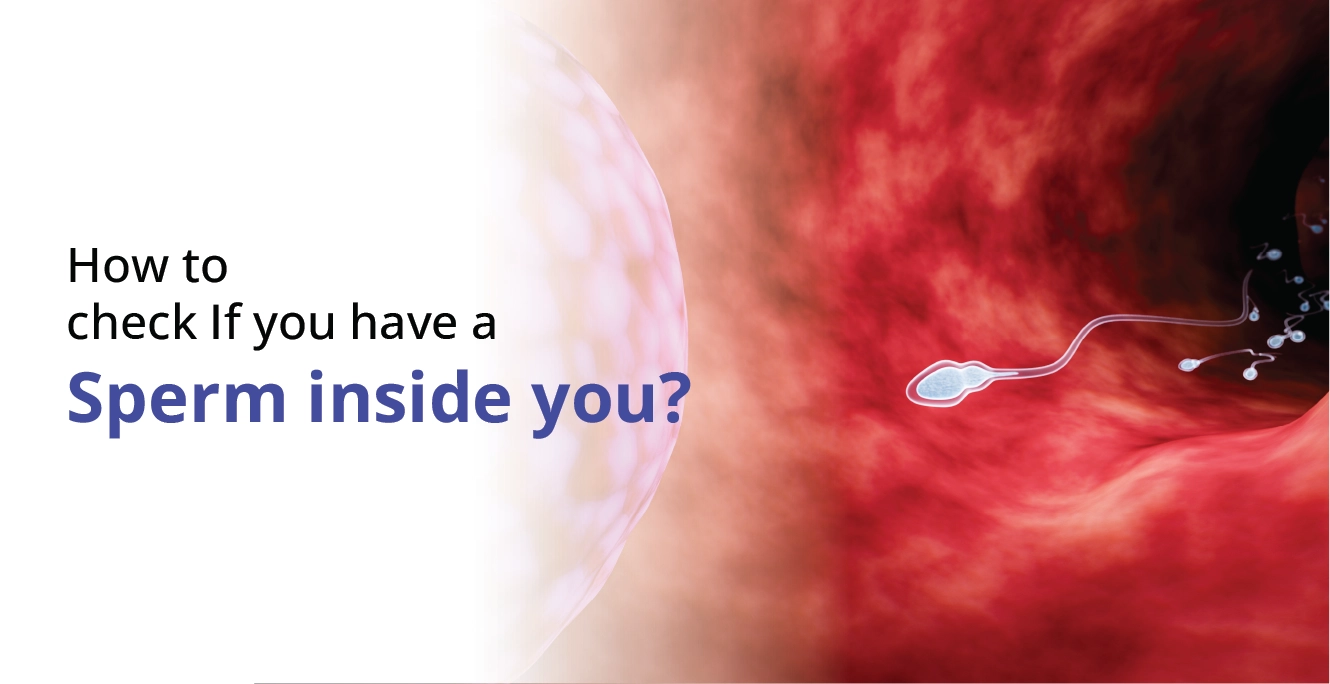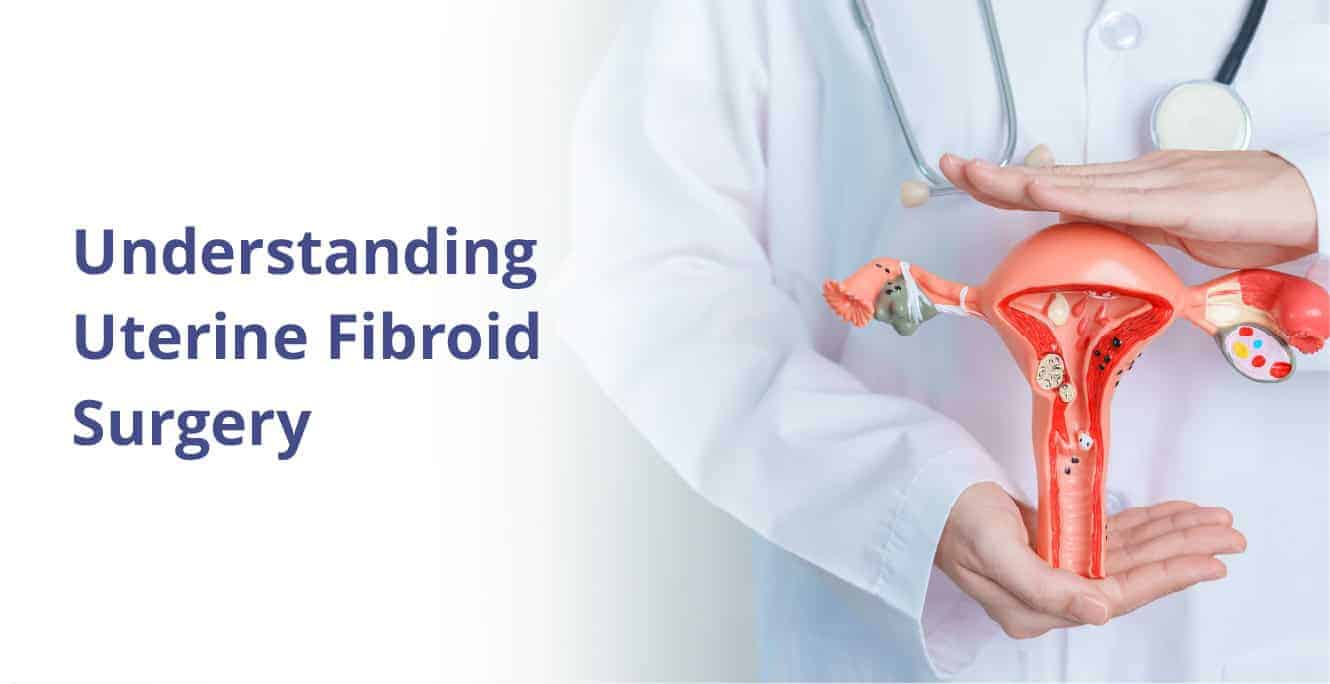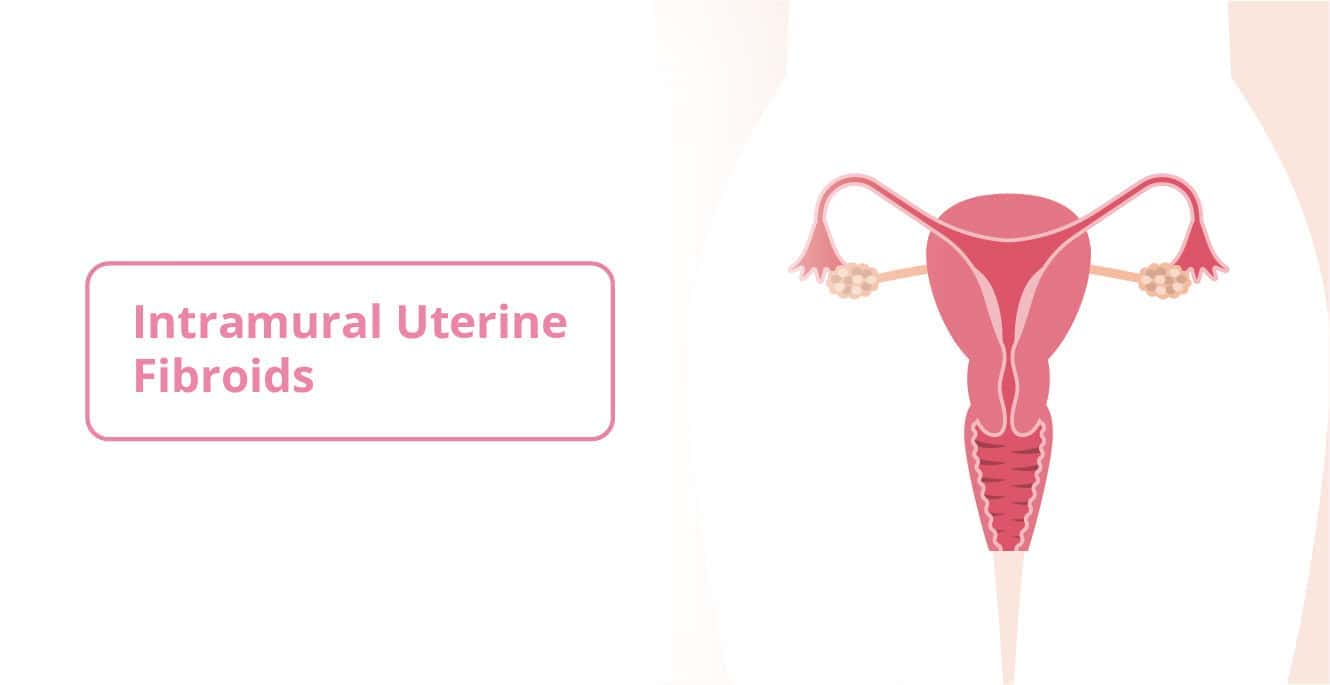Key Takeaways
- Pyosalpinx is a severe condition characterised by the accumulation of pus in the fallopian tubes.
- Primarily caused by untreated pelvic inflammatory disease (PID) resulting from sexually transmitted infections (STIs).
- Symptoms include lower abdominal pain, fever, abnormal vaginal discharge, and dyspareunia.
- Diagnosis involves tests for infection and imaging techniques, while treatment includes antibiotics and potential surgical interventions.
- Complications can lead to infertility and increased risk of ectopic pregnancy.
- Prevention through safe sex practices, regular checkups, and maintaining vaginal health is crucial for reproductive well-being, especially for women between the ages of 20 to 40.
When it comes to reproductive health, certain conditions if overlooked can create significant problems in a woman’s fertility journey. Pyosalpinx, for instance, is one such condition that can impact a woman’s reproductive journey. In this article, we will be familiarising you with this condition, so that you can take proactive steps towards achieving your reproductive goals with greater clarity and confidence.
What is Pyosalpinx?
Pyosalpinx is a condition characterised by the acute inflammation of the fallopian tubes, leading to the accumulation of pus within the tubes. This typically occurs as a result of an untreated or inadequately treated infection, such as Pelvic Inflammatory Disease (PID). The term “pyosalpinx” is derived from the Greek words “pyo,” meaning pus, and “salpinx,” meaning tube.
The buildup of pus in the fallopian tubes can cause significant damage and scarring, potentially leading to infertility if left untreated. Understanding the causes, symptoms, and treatment options for pyosalpinx is crucial for maintaining reproductive health and addressing any concerns promptly.
Who is at Risk of Getting Pyosalpinx?
Pyosalpinx predominantly affects women of reproductive age, typically between 20 to 40 years old. However, it can occur in younger and older women as well. Some factors that may increase your risk include:
- Being sexually active with multiple partners or having a history of Sexually Transmitted Infections STIs.
- Having a history of pelvic inflammatory disease
- Having underlying health conditions, like irritable bowel syndrome, urinary tract infections, or other pelvic malformations.
This condition is rather rare in postmenopausal women, with only 194 documented cases reported in medical literature.
Causes of Pyosalpinx
The primary cause of pyosalpinx is PID, which is frequently triggered by STIs such as gonorrhoea and chlamydia. Other bacterial infections, not necessarily STI-related, can also lead to pyosalpinx. These include infections from the cervix or vagina that occurs after childbirth, miscarriage, or certain gynaecological procedures.
In rare cases, pyosalpinx can result from other conditions, such as pelvic tuberculosis or post-surgical infections.
Recognising the Symptoms of Pyosalpinx
Pyosalpinx symptoms vary widely and may not always be specific, often leading to delayed diagnosis. Some common symptoms include:
- Lower abdominal pain: It is the most frequent symptom, ranging from mild and achy to sharp and stabbing pain. During the movement, sexual intercourse, or bowel movements, the pain may worsen.
- Fever and chills: As a result of infection, fever accompanied by chills is a common symptom.
- Nausea and vomiting: Pelvic inflammation irritates the gastrointestinal system, leading to nausea and vomiting.
- Abnormal vaginal discharge: Because of the infection, the discharge is thick, pus-like, yellow or greenish, and may have a foul odour.
- Pain during intercourse: This is a common symptom caused by the inflammation and swelling of the fallopian tubes.
- Extreme abdominal pain during periods: Some women may experience increased pain during their menstrual cycles.
How Can Pyosalpinx be Diagnosed?
Diagnosing pyosalpinx involves several methods:
|
Method |
Description |
|---|---|
|
Pelvic ultrasound |
A transvaginal ultrasound may show a dilated, serpentine, or tubular pelvic structure containing low-level echoes, which result from the high protein content of debris within the tube. |
|
MRI |
Helps distinguish pyosalpinx from simple tubal dilatation (hydrosalpinx) by showing thickened and hyper-enhancing tubal walls with surrounding inflammation. |
|
Computed tomography (CT) |
Abdominopelvic CT with contrast injection can be used in emergency settings to visualise the infection and any complications. |
|
Diagnostic laparoscopy |
This minimally invasive surgery may be necessary to examine the abdominal organs and take tissue samples for biopsy. |
Pyosalpinx Treatment Options
Pyosalpinx treatment typically involves the administration of a combination of antibiotics to clear the infection and surgical intervention to drain the pus and remove damaged tissue. The specific treatment plan will depend on the severity of the condition and the extent of damage to the fallopian tubes. Treatment options include:
- Antibiotics: Intravenous antibiotics are administered to control the infection and prevent further damage to the reproductive organs.
- Minimally Invasive Surgery: Laparoscopic procedures can help drain the pus and restore the function of the fallopian tubes without causing significant damage.
- Salpingectomy: In severe cases where the fallopian tube is extensively damaged, surgical removal of the affected tube (salpingectomy) may be necessary.
Preventing Pyosalpinx: Steps You Can Take
Prevention of pyosalpinx is closely tied to the prevention of PID and other infections that can lead to this condition. Here are some steps you can take to reduce your risk:
- Safe sex practices: Using condoms can reduce the risk of STIs that lead to PID and can thus reduce the incidence of pyosalpinx.
- Regular health check-ups: Early detection and treatment of STIs and other infections can prevent the progression to PID and pyosalpinx.
- Maintain vaginal health: Maintaining a healthy vagina through a balanced diet, avoiding harmful practices like douching, and maintaining good hygiene can help prevent pyosalpinx.
- Avoiding unnecessary gynaecological procedures: Minimising the number of invasive gynaecological procedures can reduce the risk of post-procedural infections and thus the incidence of pyosalpinx.
How Are Pyosalpinx and Infertility Linked?
Pyosalpinx has significant implications for fertility due to the damage it causes to the fallopian tubes. The accumulation of pus and subsequent scarring can block the fallopian tubes, making it difficult or impossible for eggs to travel to the uterus. Even if conception does occur, the damaged tubes increase the risk of ectopic pregnancy, a potentially life-threatening condition.
Surgical interventions to treat pyosalpinx, such as salpingectomy or hysterectomy, can further compromise fertility. It’s important to work closely with your healthcare provider to understand the potential impact of pyosalpinx on your reproductive health and to explore your options for achieving pregnancy.
Things You Should Know: Can I Conceive With Pyosalpinx?
Conceiving with pyosalpinx is challenging because of the tubal damage and blockage. However, early diagnosis and treatment can improve the chances of preserving your fertility. Here are some points to consider:
Immediate Treatment: Starting antibiotic therapy as soon as possible can help clear the infection and reduce the damage to the fallopian tubes.
Minimally Invasive Surgery: Procedures like laparoscopic salpingostomy or aspiration and drainage can help restore tubal function without significant damage.
Assisted reproductive technologies like In Vitro Fertilisation (IVF)
Tips to Conceive Successfully With Pyosalpinx
If you have pyosalpinx and wish to conceive, here are some tips to keep in mind:
- Seek early medical attention: Seek early medical attention to promptly treat the underlying infection and any subsequent complications.
- Consider Assisted Reproductive Technologies (ART): If the fallopian tubes are severely damaged, options like IVF may be necessary to achieve pregnancy.
- Maintain good reproductive health: Maintain good reproductive health through regular check-ups, safe sexual practices, and a healthy lifestyle.
How Are Pyosalpinx and Hydrosalpinx Different?
Although pyosalpinx and hydrosalpinx both involve the fallopian tubes, they have distinct characteristics. Here’s how you know whether you have pyosalpinx or hydrosalpinx:
|
Characteristic |
Pyosalpinx |
Hydrosalpinx |
|---|---|---|
|
Definition |
Accumulation of pus in the fallopian tubes due to infection. |
Accumulation of clear fluid in the fallopian tubes. |
|
Fluid Composition |
Thick, purulent fluid, indicating infection. |
Clear, thin fluid without infection. |
|
Causes |
Bacterial infections, pelvic inflammatory disease, endometriosis. |
Previous infections, surgeries, or conditions causing scarring. |
|
Symptoms |
Pelvic pain, fever, abnormal vaginal discharge. |
Often asymptomatic or mild discomfort; discovered incidentally. |
|
Treatment |
Antibiotics, possible surgical drainage or removal of the tube. |
Surgical removal of the fluid-filled tube or blockage to improve fertility. |
A Word from the Expert
Pyosalpinx is a serious condition that can have a significant impact on a woman’s reproductive health. Early diagnosis and immediate treatment are essential to prevent long-term complications and preserve fertility. With proper care and management, many women with pyosalpinx can go on to have successful pregnancies.~ .Dr. Gaurav Gujarathi




























